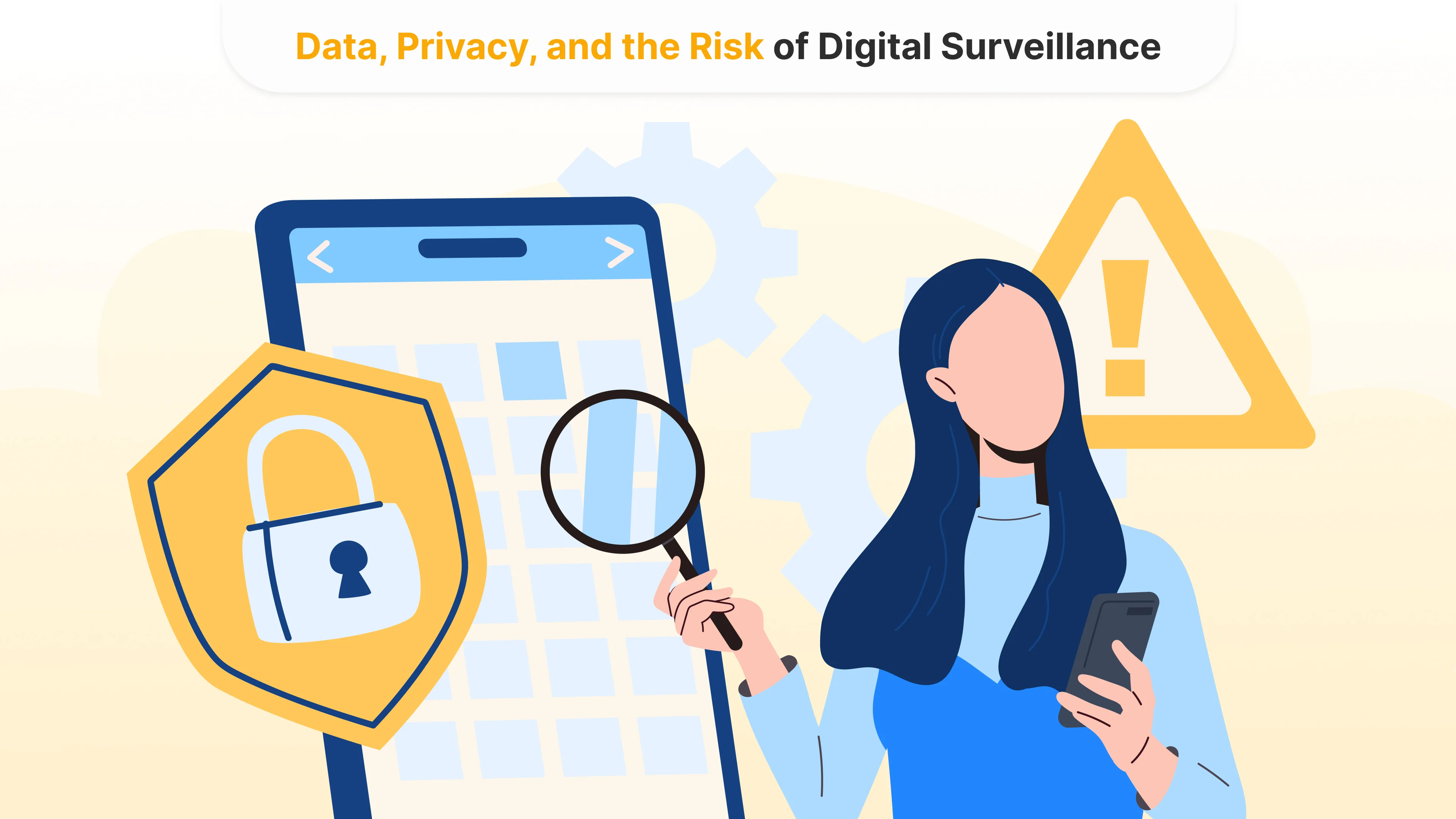

The Role of Femtech in Empowering Women’s Health Management
In recent years, the convergence of digital health innovation and the long-overlooked needs of women has given rise to one of the most dynamic areas of healthcare: femtech. The term—short for “female technology”—was popularized by Ida Tin in 2016 and encompasses software, diagnostics, products, and services that use technology to address women's health. From menstrual tracking apps and fertility platforms to menopause support and chronic condition monitoring, femtech has the potential to radically transform how women engage with their bodies and access care.
This transformation is both urgently needed and long overdue. For decades, women's health has been underserved by traditional healthcare systems and underfunded in medical research. Femtech is often described as empowering because it offers tools for self-awareness, early detection, and personalized decision-making. But beneath the surface of glossy apps and venture capital optimism lie deeper questions: Who really benefits from femtech? Whose needs are being prioritized? And can this fast-growing sector truly deliver health equity, or is it at risk of becoming another data-driven marketplace shaped by bias?
A Remedy for the Gender Health Gap?
Gender disparities in healthcare are well-documented. Women are more likely to experience delayed diagnoses, particularly for conditions like endometriosis, autoimmune diseases, or chronic pain. According to the Endometriosis Foundation of America, it takes an average of 7 to 10 years to receive a diagnosis for endometriosis. Cardiovascular disease, long perceived as a “man’s disease”, remains the leading cause of death for women globally, yet many clinical guidelines are still based on male-centric data.
Femtech, in theory, offers a remedy. By placing data collection and health monitoring tools directly into users’ hands, these platforms aim to fill the void left by traditional systems. For example, Flo, a period and fertility tracking app with over 100 million users worldwide, uses AI to personalize predictions and has launched health literacy initiatives for topics like PCOS and pregnancy loss. Clue, another leading platform, has collaborated with researchers to publish peer-reviewed studies based on anonymized user data, contributing to a growing body of knowledge around menstrual and reproductive health.
Apps like Natural Cycles have taken it a step further by becoming the first birth control app approved by the FDA and CE-certified in Europe. Using basal body temperature and algorithms, it offers a hormone-free alternative to traditional contraceptives, something particularly appealing to users wary of side effects from the pill.
These tools not only offer convenience and discretion but also enable longitudinal tracking that most healthcare providers rarely have access to. They capture patterns across cycles, moods, sleep, stress, pain, and more, allowing women to bring tangible evidence to clinical consultations, a move that can shift power dynamics in doctor-patient interactions.
A Market on the Rise, but With Narrow Focus
The Global FemTech Market, valued at ~$22 billion (2020), is set to witness a healthy growth rate of 15% in the next 5 years, according to Bio Space. Venture capital is flowing: startups like Maven Clinic ($300M+ raised), Kindbody, and Tia are attracting major investments, while even Big Tech players are taking notice. Apple’s Health app now includes cycle tracking, and Fitbit has expanded its women’s health features.
However, a critical issue persists: the sector remains heavily skewed toward fertility and menstruation. According to a May 2025 report by Digital Science, femtech patents are highly concentrated: 48% relate to fertility, 32% to pregnancy, and just 0.55% of total femtech research funding is devoted to menopause and aging-related women’s health conditions, such as cardiovascular disease or chronic conditions
This narrow focus raises concerns. Is the industry truly committed to women’s health, or is it reinforcing reductive narratives that define female health primarily in terms of reproduction?
Startups are beginning to push against this trend. Wild.AI develops training and nutrition programs tailored to female physiology, something long ignored in sports science. Gabbi uses AI and personal risk models to offer breast cancer screening recommendations with the goal of reducing missed diagnoses.
These examples show the potential for femtech to evolve beyond reproductive wellness. But they are still the exception rather than the norm.
Data, Privacy, and the Risk of Digital Surveillance

One of the most persistent concerns in femtech is data privacy. Many femtech apps are free to use, relying instead on user data as the primary business asset. A 2022 study by the Mozilla Foundation analyzed the most popular health apps and found that most failed to meet basic security and privacy standards. Some apps shared data with third-party advertisers, while others offered vague terms of service that left users in the dark about who had access to their most intimate information.
The stakes rose dramatically in the wake of the U.S. Supreme Court's decision to overturn Roe v. Wade in 2022. Suddenly, data about missed periods or pregnancy symptoms could be subpoenaed in states with restrictive abortion laws. Although companies like Clue issued statements affirming their commitment to data privacy and European storage laws, others were slower to respond. Users began deleting apps out of fear.
This situation underscores a critical paradox: the very tools meant to empower users can also expose them to surveillance and harm. Feminist scholars have pointed out that tech solutions often operate within the same systems of control they claim to disrupt. In the case of femtech, empowerment must go hand in hand with ethical design, transparent governance, and strong data protection standards.
Access and Inclusion: Who Is Femtech Really For?
Another critique of the femtech movement is its limited inclusivity. Many apps are built with English-speaking, cisgender, middle-class users in mind. Few are designed for women with disabilities, non-binary or transgender individuals, or women in low-income or rural regions. In fact, only a small fraction of femtech companies operate in or design products for the Global South, despite the fact that women in these regions often face the greatest barriers to healthcare.
There are promising initiatives that challenge this. In India, Niramai uses AI and thermal imaging for low-cost breast cancer screening—an approach that’s more affordable and culturally sensitive in areas where mammography access is limited. In sub-Saharan Africa, mobile-based tools like mDoc are helping women manage pregnancy and chronic illness through remote coaching and text-based support. However, these remain underfunded compared to U.S.-based fertility apps aimed at millennial professionals.
If femtech is to live up to its emancipatory promise, it must center equity. This means designing for linguistic and cultural diversity, addressing the digital divide, and co-developing solutions with local communities rather than exporting Western tech.
From Consumer Tools to Integrated Care
The final challenge lies in integration. While femtech apps offer valuable data and insights, they are rarely linked with primary care systems or electronic health records (EHRs). This siloed approach limits clinical utility and keeps femtech on the margins of “serious” medicine. Moreover, many products are not subject to regulatory oversight or clinical validation, raising questions about safety and efficacy.
To move beyond wellness gadgets, femtech must forge partnerships with hospitals, insurers, and researchers. Companies like Maven Clinic—which offers employer-sponsored virtual care for women and families—are beginning to bridge this gap. So are academic collaborations such as the one between Clue and Columbia University, focused on understanding cycle irregularities and hormonal health.
There is also a growing call for more diverse clinical trials and regulatory frameworks tailored to digital women’s health tools. As the space matures, success will depend not just on innovation but on trust, transparency, and a willingness to challenge biomedical and technological norms.
Conclusion: Rethinking Empowerment in Women’s Health
Femtech is often described as revolutionary, and in many ways, it is. It challenges patriarchal medical models, amplifies patient voices, and creates new pathways for health literacy and self-care. But the mere presence of technology does not equal empowerment. True empowerment requires privacy, inclusivity, clinical rigor, and a redistribution of power, not just new products.
As the industry matures, it must evolve beyond its consumerist foundations and toward systems-level change. Femtech should be part of a broader transformation of healthcare—one that centers women’s experiences across life stages, socioeconomic contexts, and identities.
Empowerment, after all, is not an app feature. It is a process.
Tell us about your project
Fill out the form or contact us

Tell us about your project
Thank you
Your submission is received and we will contact you soon
Follow us
